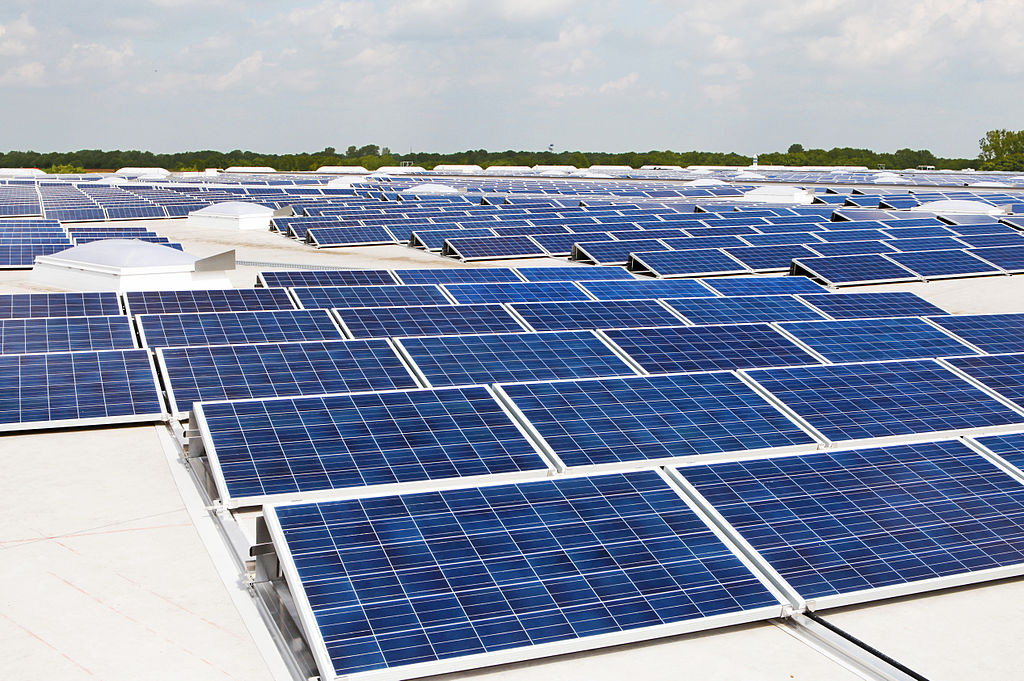The committee shared the rooftop status and initiatives at the meeting of Consultative Committee of Members of Parliament for Ministry of Power and New & Renewable Energy, chaired by MNRE minister RK Singh held in Guwahati on October 31.
About 810 MW of solar rooftop systems had been installed as of October 31, and 2,363 MW aggregate capacity have been sanctioned in the country so far. The installations came in residential, industrial, commercial and institutional sectors.
The government has targeted to install 5 GW of grid-connected solar rooftops by 2017-18. However, the current installations stand approximately 83% behind the target.
The committee has proposed a new rooftop scheme considering the poor performance in this sector, which aims at removing the existing operational difficulties.
The Government of India had pledged to install 40 GW grid-connected solar rooftops by 2022, and in revision, it has scaled-up the budget from INR 6 billion ($93 million) during the 12th Five Year Plan to INR 50 billion ($773 million) to be installed up to 2019-20. This will provide financial assistance for the installation of about 4200 MW solar rooftops in the country (2100 MW with subsidy and 2100 MW without subsidy)”.
The government also provided a 30% subsidy for the residential and institutional (hospitals, educational institutions etc.) rooftop sectors. However, still it is seriously behind the target values, and it asked to revise the rooftop targets.
Therefore, earlier in July, the standing committee on Energy gave a serious viewpoint on the Ministry’s 40 GW of grid-connected rooftop solar PV projects. The group concluded to reconsider the target, conduct public awareness programs, simplify the process of subsidy distribution, mandate compulsory roof-top solar on new buildings, and adopt a single window clearance system for approvals like connectivity, net-metering, electricity inspection, limitation in sanctioned load, etc.
They also singled out the net-metering policy as the key driver for solar roof-top systems, as it reduces aggregated technical and commercial (AT&C) losses and needs for large tracts of land. It even helps DISCOMs to avoid buying expensive peak power. Therefore, the concept of cross-subsidy should be reconsidered so that net-metering for all users will make more financial sense, clear installation guidelines, and proper implementation training of DISCOM’s staff should be devised.
However, it is still in discussion, and there is no decision on target revision yet. It seems government is ambitious about the target, and would implement new schemes to raise the rooftop sector in India.
This content is protected by copyright and may not be reused. If you want to cooperate with us and would like to reuse some of our content, please contact: editors@pv-magazine.com.








By submitting this form you agree to pv magazine using your data for the purposes of publishing your comment.
Your personal data will only be disclosed or otherwise transmitted to third parties for the purposes of spam filtering or if this is necessary for technical maintenance of the website. Any other transfer to third parties will not take place unless this is justified on the basis of applicable data protection regulations or if pv magazine is legally obliged to do so.
You may revoke this consent at any time with effect for the future, in which case your personal data will be deleted immediately. Otherwise, your data will be deleted if pv magazine has processed your request or the purpose of data storage is fulfilled.
Further information on data privacy can be found in our Data Protection Policy.